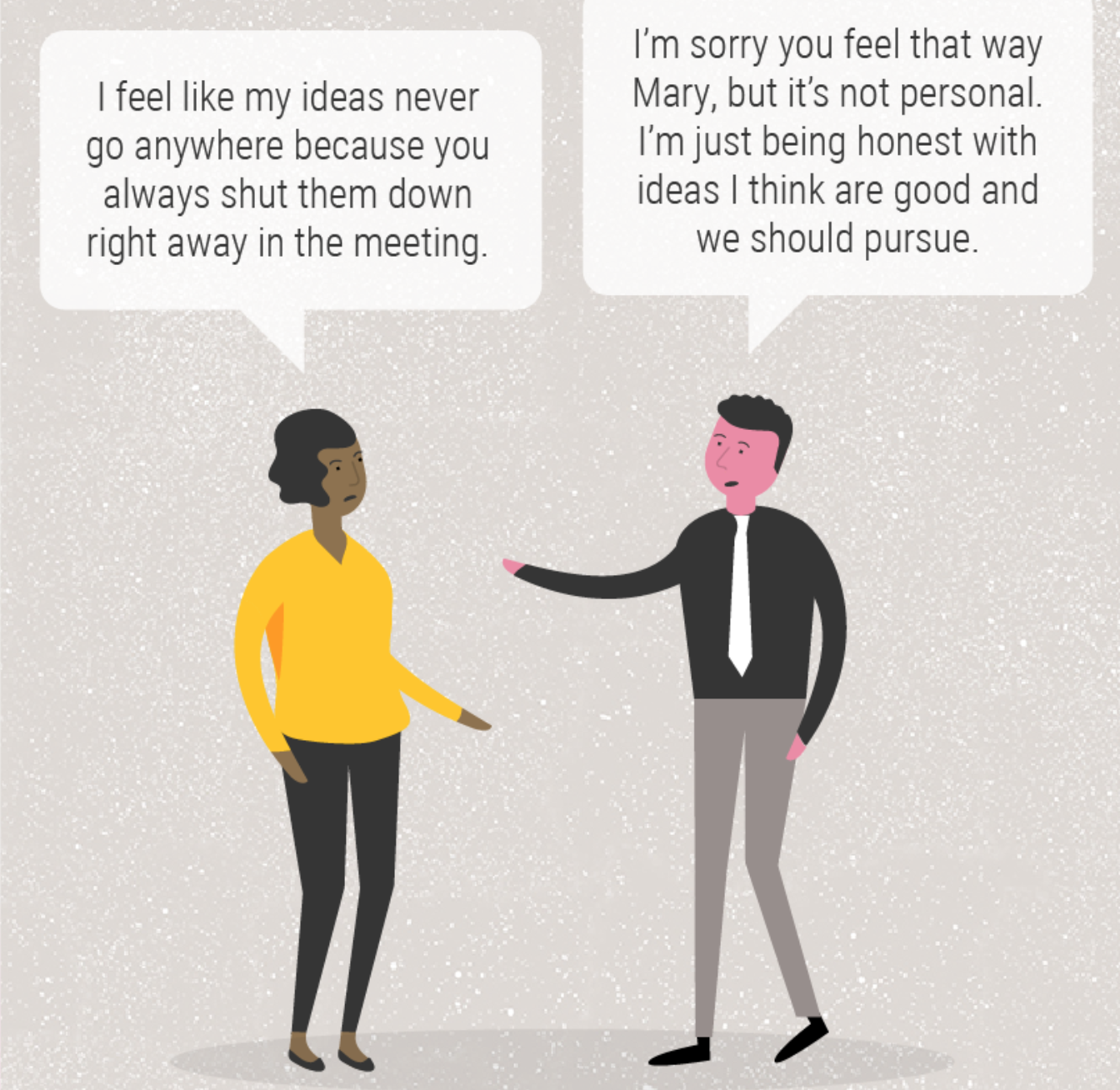You know you have a thriving feedback culture if you can see people openly sharing different perspectives, working hard to understand each other, and taking time out to work through conflict. Conversely, if your team resorts to passive aggressive quips to express their differences, only gives feedback behind one another’s backs, and resorts to the “meeting-after-the-meeting” to voice what they really think (this is absolutely impacting your team’s performance and results!), you’ve got work to do.
Through our work with leadership teams across many different industries, I’ve realized how intricate and nuanced delivering meaningful feedback to one another can be. Like any skill, it takes coaching and practice to be a true feedback champion. Here are three questions I’ve found to be insightful when coaching others on feedback:
- How full is your trust bank with the person you are delivering feedback to? Trust is an amazingly powerful, yet invisible, force that can act as an enabler or deterrent to successful feedback. Knowing how much trust currently exists between people is important in determining the approach. Every positive interaction had to date acts like a deposit in the trust bank. Likewise, every negative one acts as a withdrawal. If your bank is full, you can go into the conversation easily and know that as long as you are honest and direct, the conversation will go well. But if your balance is low you need to be extra thoughtful (HINT: the next two questions will help).
- Why are you delivering this feedback? What is your intention? To deliver meaningful feedback, question your intentions. If your true intention is to help the other person be more successful, that comes through. But if your ultimate goal is to change their behavior to make things easier for you, identify it as such and try to change the lens. To improve your chances of success, consider how your feedback could help the receiver grow and develop.
- How do you plan to deliver this feedback? Delivering feedback should be a thoughtful experience, especially when you’re still honing our skills. Take time to think through how you can deliver this information in a compassionate and empathetic way. Then practice with someone. Ask them to deliver your words to you. Notice your reaction and emotions to the language, tone, and experience and use it as input. Did you feel defensive and annoyed, or appreciative? Consider the timing, location, and vehicles for communication. A coffee break is always a better environment than a rushed hallway conversation (or worse: an email). By taking the time to carefully consider the experience, you’ll create more meaningful feedback for both the receiver and yourself.
As leaders, we need to start taking more accountability for our team dynamics. In our rush to execute strategy and ship products we often overlook the important role of how we work together.
Start building feedback culture in your organization.Bring our Ways of Working canvas to your next meeting to open up conversations with your team how you work individually and how you can best work together. |
